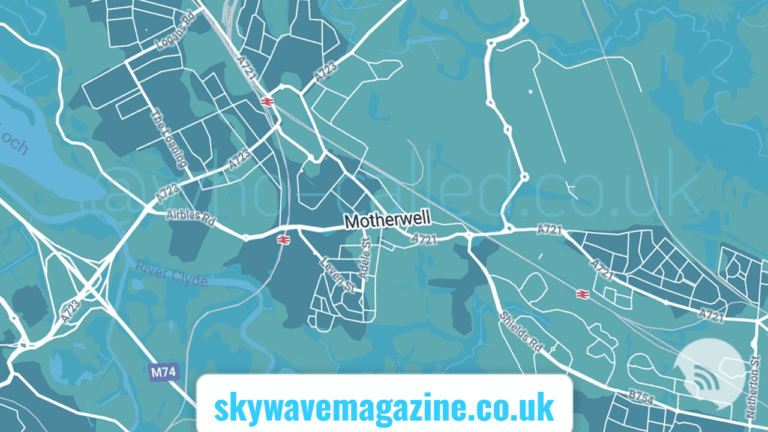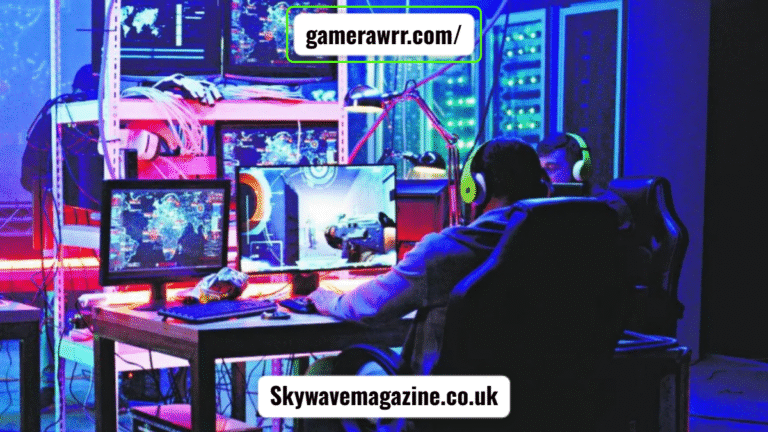
What 10GBASE-LR Is All About
In the world of fiber optics, 10GBASE-LR is one of those standards that’s been around long enough to be trusted, yet still relevant in many setups today. The “10G” part is straightforward — 10 gigabits per second. The “LR” stands for long reach, meaning it’s designed to carry that speed over single-mode fiber for up to about 10 kilometers. This range makes it ideal for connecting network points spread across a large campus, or linking sites in a metro environment without having to jump to more expensive gear.
The Fiber and Wavelength Choices
Like other long-reach modules, 10GBASE-LR relies on single-mode fiber. That narrow fiber core keeps the light focused, letting it travel farther without degrading. The module typically runs at a 1310 nm wavelength, which is common for medium to long-distance optical links because it offers a good balance between cost and performance. For many IT teams, that wavelength is almost a “set it and forget it” choice — it just works.
Compact Design and Compatibility
These modules come in the SFP+ form factor, small enough to slot into switches, routers, and network interface cards without taking up much space. Because SFP+ has been an industry standard for years, you don’t run into compatibility nightmares. If your equipment supports 10G SFP+, it can almost certainly handle a 10GBASE-LR module without any fuss.
Hot-Swap and Maintenance Perks
One thing that’s easy to take for granted is that they’re hot-swappable. If a module fails or needs an upgrade, you can pull it out and replace it without shutting down the port or the entire device. That flexibility is especially useful in production environments where downtime isn’t an option.
Performance in Everyday Use
While 10 gigabits per second might seem modest compared to newer 25G, 40G, or even 100G modules, it’s still more than enough for a wide range of applications. Many enterprise networks run just fine with 10G links, especially in distribution layers or inter-building connections. The real appeal here is stability — these modules are known to perform reliably for years without surprises.
Typical Scenarios Where They Shine
You’ll see 10GBASE-LR modules in everything from university campus backbones to hospital network cores. They’re also popular for linking data center racks over longer runs, where copper simply won’t do the job. In service provider setups, they can be part of access or aggregation layers before traffic moves on to higher-capacity transport.
Limitations to Keep in Mind
Of course, they’re not a fit for every case. If you only need to connect two devices in the same room, a short-reach (SR) module or a DAC cable will be cheaper and simpler. And if your needs go beyond 10 kilometers, you’ll have to move up to extended reach (ER) or even ZR optics, which changes the cost and hardware requirements.
Final Thoughts
10GBASE-LR might not be flashy, but it’s one of those steady, dependable technologies that quietly keep networks running. For many organizations, it’s a proven choice that balances performance, range, and cost without overcomplicating the design.





